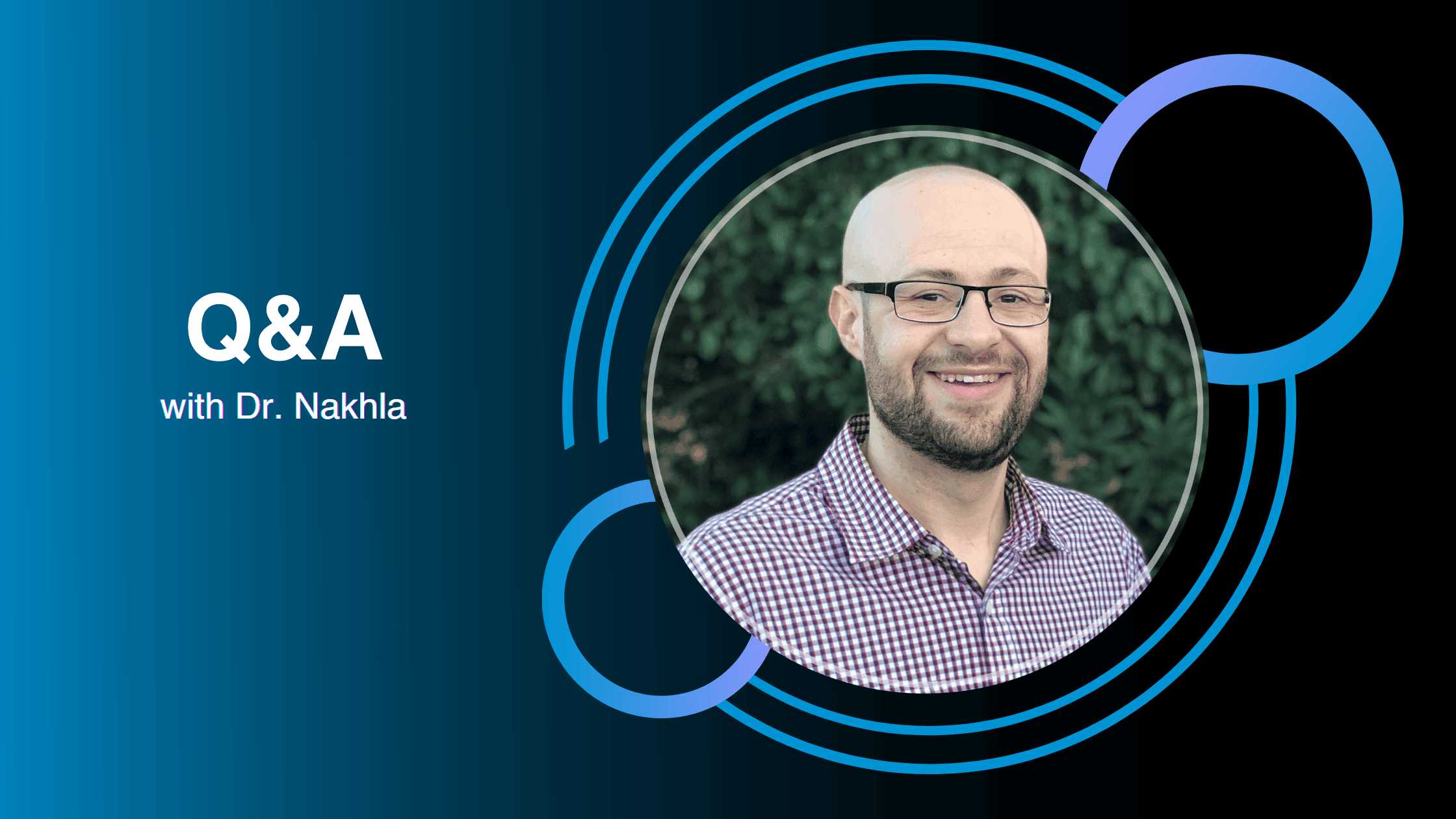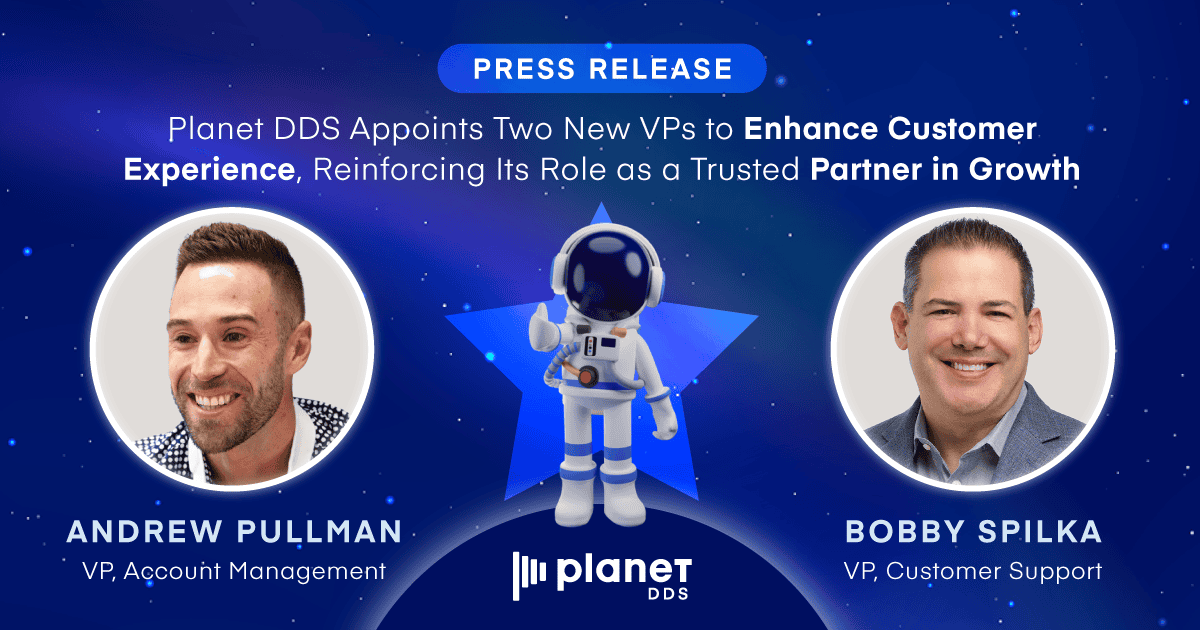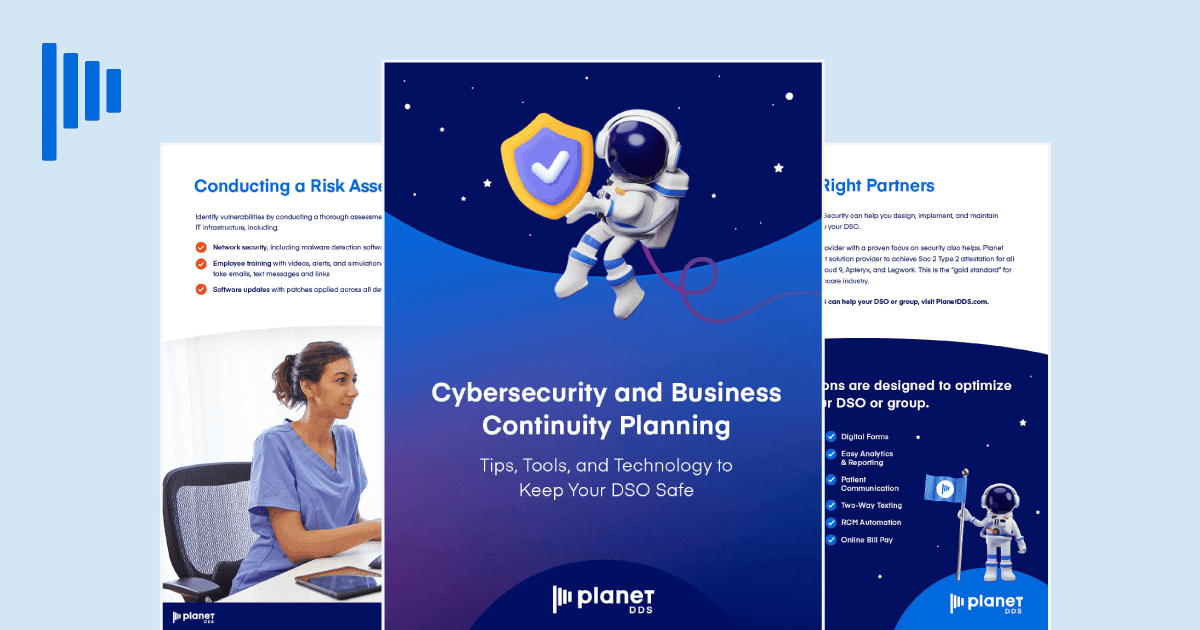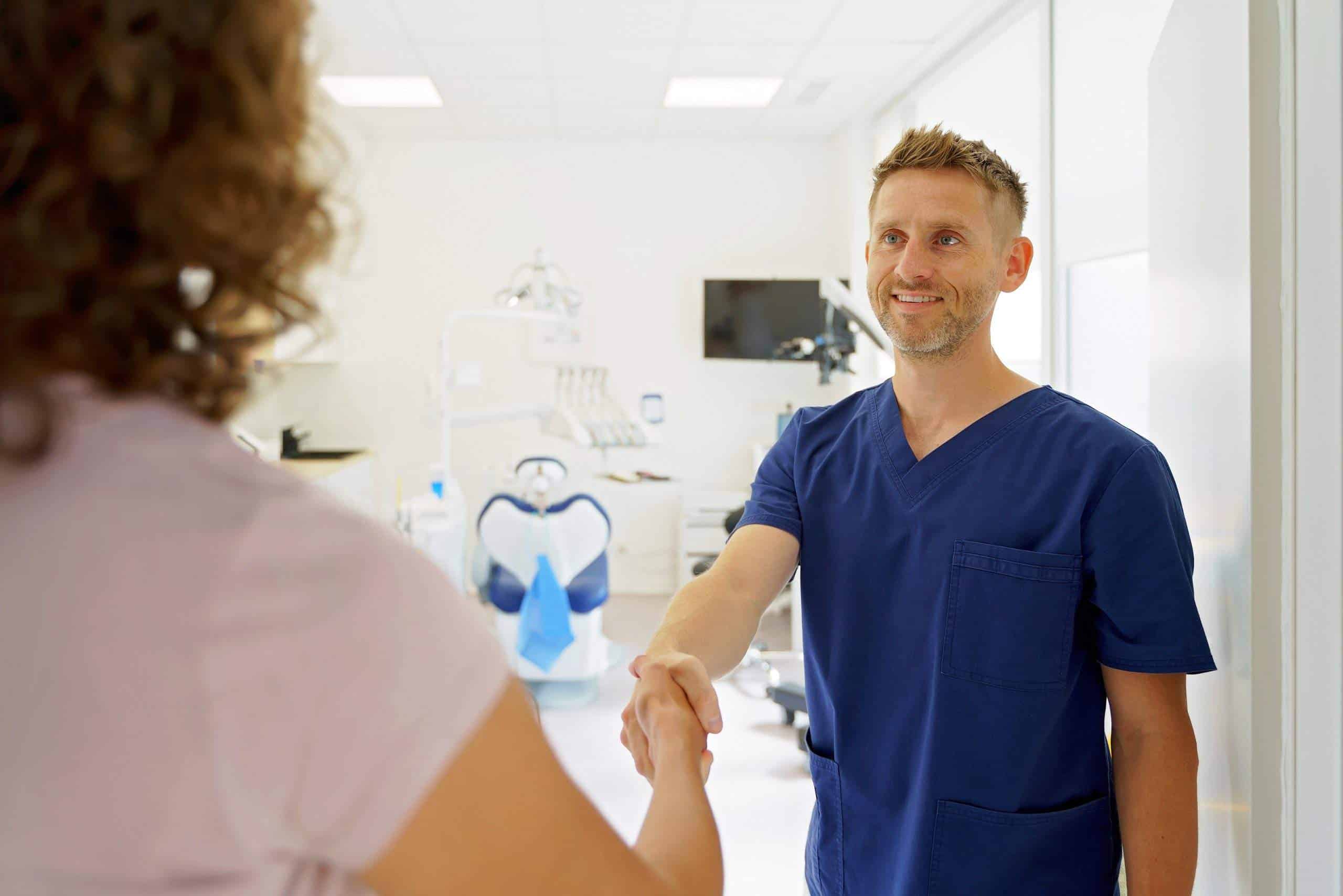Q&A: Communication Strategies during COVID-19 with Dr. John Nakhla

In this Q&A excerpt from our latest webinar, Dr. John Nakhla discusses how he handled shutting down and reopening his practice during the COVID-19 pandemic, and some of the communication strategies he employed to keep engaged with patients.
Dr. John Nakhla is the founder and curator of the rapidly growing Facebook group Dentistry’s New Normal. ” He also owns and operates Castro Valley Family Dentistry, a multi-location group practice in the San Francisco Bay Area. Dr. Nakhla is a member of the ADA, the CDA, the Southern Alameda Dental Society, the Academy of General Dentistry, and Catalyst Study Club.
Tell us a little bit about how your practices closed. What was the timing of the shutdown, and how did you handle it?
So here in the Bay Area, we were one of the earlier regions in the country to be instructed to close. We were given a strong recommendation to shut down on the 15th or the 16th of March, the Thursday before we started seeing things get a little tense. But it seemed that COVID was a growing issue, and we decided to take action a little early.
The staff and I talked about it and decided on the 12th that we should probably just take at least a week off before we make any decisions. The last thing you want to do is blindly jump into the unknown and put other people at risk unnecessarily, so we figured it was smart to take that time. We made the call that day and we were completely shut down, literally doors shuttered and only contacting people over the phone.
Not long after, we realized that while hygiene wasn’t supposed to be happening yet, it wouldn’t be right to leave people with dental emergencies no options. All we were doing was throwing a load at emergency rooms, which had their own problems to deal with at the time. So we started to gradually get back into emergency care, and eventually we returned to routine care too. It was always based on guidance from the county. Each of our locations are in different counties. so as they individually changed guidance or restrictions, we began to offer the treatment or care accordingly.
You were ahead of the curve in terms of putting everything on hold, so how and what did you do to communicate with patients during that time?
If we want to talk about mistakes made, I would say the first couple of days, we probably were not quick enough to proactively blast to patients. We changed our voicemail, and we started to call people, which was very labor intensive and maybe a bit inefficient, but we didn’t want to arouse any extra concern. We maybe didn’t realize the flexibility that some of our tools provided to hone in our messaging and mass communicate to very specific segments of the practice. We figured it out a couple weeks later, but initially we just went to the office, looked at the schedule, called people and said ‘hey, things are getting crazy, let’s just wait a week, we’ll stay in touch.’ Everyone was pretty understanding of that.
After about a week or so we realized that this would be an extended break for us. That gave me personally a chance to talk to Legwork and figure out what my options were on patient communications. We tooled our approach to let various parts of our patient base know that we had a new workflow, new rules of engagement between them and us.
Using our patient communication system in Legwork to send out targeted mass emails and texts to subsets of our patient base, and then leveraging some video conferencing technologies, we were able to create a teledentistry waiting room and space to engage with the patients that needed us. We were able to retool our approach and keep our initial in-person engagement with patients to near zero, and as restrictions changed, we were able to at least have a first remote interaction before we create an exposure.
Really, at the end of the day, the less time you have to spend in front of someone’s face, the safer everyone is. So creating the right barriers let us help people before they needed to be physically present in the office, reducing exposure.
What are you doing now to change your communications so that patients both feel comfortable and understand how you’re delivering on new safety standards?
Yeah, great question. We made a lot of changes in dentistry, whether it be the vacuum systems to get the aerosols out of the air, or air purifiers, or UV lights. I mean, there’s so many things that practices have done to change the way they do things to make it a safer place, which is great, and is our duty and our responsibility.
But that’s only half of the problem. The biggest thing I found to be helpful was an instructional video we made that let patients know what to expect on their next visit. We basically take a patient through a simulated visit, from when they make the appointment to when they arrive at the office. We show what their check-in will look like, what screening will look like, all the way through checkout, insurance, financials, all those aspects of the dental experience.
The amount of positive feedback we got from patients after getting that out there was just great. They were actively calling and saying, “Wow, great job guys, that was very comforting for me and my family.” I think it went a long way towards giving patients that sense of that sense of comfort and normalcy again.
Dr. Nakhla discussed more of his strategies and insights in our latest webinar, “Tales from the Trenches: How Dental Practices are Successfully Reopening.” Watch it on-demand today!



